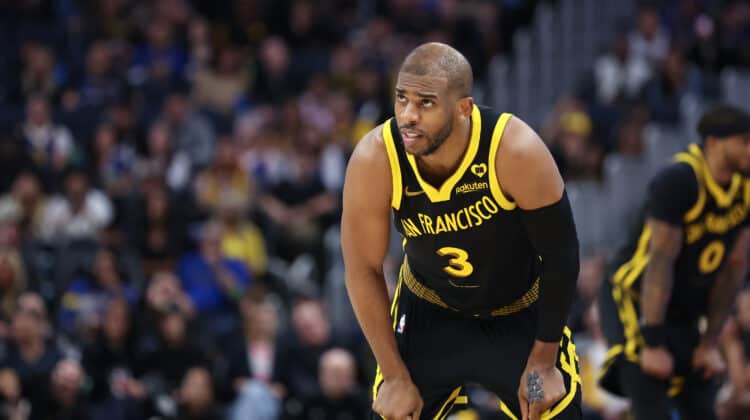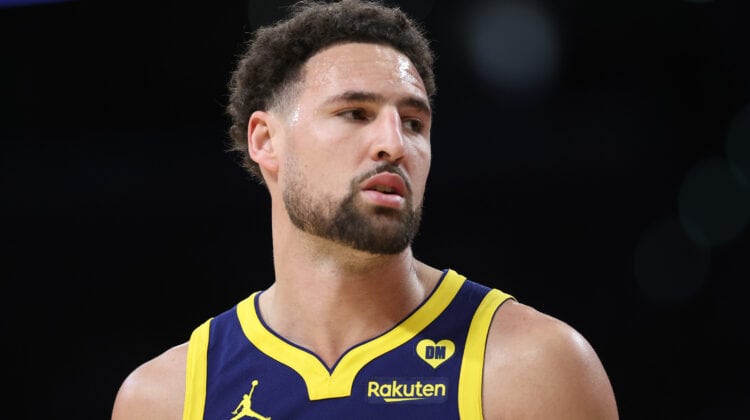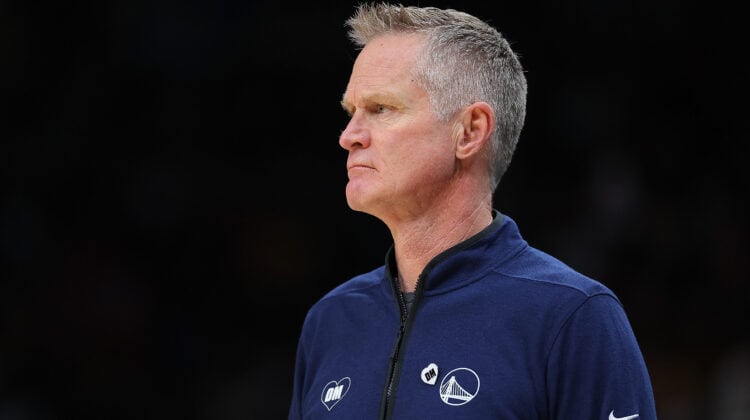
How do you build a world championship team in the NBA?
Despite what some may say, it is far more art than science.
All that is factually known is that such a team needs two or three stars or superstars, a number of reliable role players, a strong offense and defense based on a coherent style of play, and the right head coach.
But what is required to get those things?
How should teams go about attaining what they need to bring home the hardware during the summer?
There may not be one “right” way, but it is a copycat league, and in this era, the Golden State Warriors continue to be the closest thing to a paragon of how to build a team that wins it all.
The Warriors Have Used The Draft Really Well
Years ago, the Warriors were something of a second-rate NBA franchise that seldom made the playoffs and got past the first round very rarely.
In 2009, things started to change, and it started when they had the good fortune of drafting Stephen Curry that June.
A year later, new ownership took over the team, and in 2011 Klay Thompson was drafted.
All of a sudden, a clear vision was established.
Instead of breaking up the backcourt combo of Curry and Thompson in order to conform to traditional basketball philosophy and get a prominent big man, the team stuck with both of them and decided to build around their exceptional shooting skills.
Golden State made the playoffs in 2013 and 2014 under head coach Mark Jackson, but ownership saw that he wasn’t unlocking the potential of the roster or uniting the locking room, and they fired him in favor of first-time head coach Steve Kerr.
Kerr, a longtime former player, decided to employ an offensive scheme that utilized the philosophies of Mike D’Antoni‘s “Seven Seconds or Less” Phoenix Suns from several years earlier while using a hybrid of the set offensive schemes Kerr played under while being coached by Phil Jackson and Gregg Popovich.
Warriors motion offense. pic.twitter.com/qMYQZsJqEg
— Gonzalo Vázquez (@GVazquezNY) February 13, 2022
But the real key to the team was its defense, which became one of the best in basketball.
Defense ➡️ Offense pic.twitter.com/dBzMKzM4sK
— Golden State Warriors (@warriors) February 1, 2022
As a result, the Warriors zoomed from 51 to 67 wins in 2015 and won their first NBA championship since 1975.
When the league’s salary cap experienced a huge jump in the summer of 2016, they took advantage by signing future Hall of Famer Kevin Durant as a free agent, and they went from great to dynastic, winning two more rings in 2017 and 2018.
The team fell apart in 2019, due to Durant’s departure to Brooklyn and serious injuries to Curry and Thompson, but it found a way to turn lemons into lemonade.
It developed young players such as Andrew Wiggins and Jordan Poole, and now a healthy Curry, Thompson, and Draymond Green have the Warriors eight wins from yet another world title.
They Are Trend-Setters
They say the truly great ones change the way the game is played, and that’s what the Warriors have done.
In 2015, when they won their first championship of the Curry era, the average NBA team scored just 100.0 points a game, and they were the only team that put up at least 110 points a game.
Just four years later, the league average increased to 111.2 points per game, and two-thirds of the league topped 110 points per contest.
Pretty much every team across the NBA, to one extent or another, adopted the Warriors’ run-and-shoot system soon after they started winning championships.
What is more impressive is that, unlike what has allegedly happened with a few “superteams” around the league, Golden State hasn’t ceded control or massive influence to any of its stars.
There is a clear chain of command and leadership structure that no one really challenges.
Much like the Los Angeles Lakers or Boston Celtics of the 1980s and the Chicago Bulls of the 1990s, the Warriors have built teams “organically,” but more importantly, they have had a core covenant and philosophy that they have never wavered from, even when times got hard and it looked like their dynasty was over.
NEXT: Klay Thompson Came Out Strong For Game 6























Well written analysis, I was unlucky when I was at Stanford in late 80’s when Warriors was at best a mediocre except, “Sleepy Eric Floyd” when he scored 70? points against Lakers ! Thanks for the complete story including Steve Kerr’s leadership,